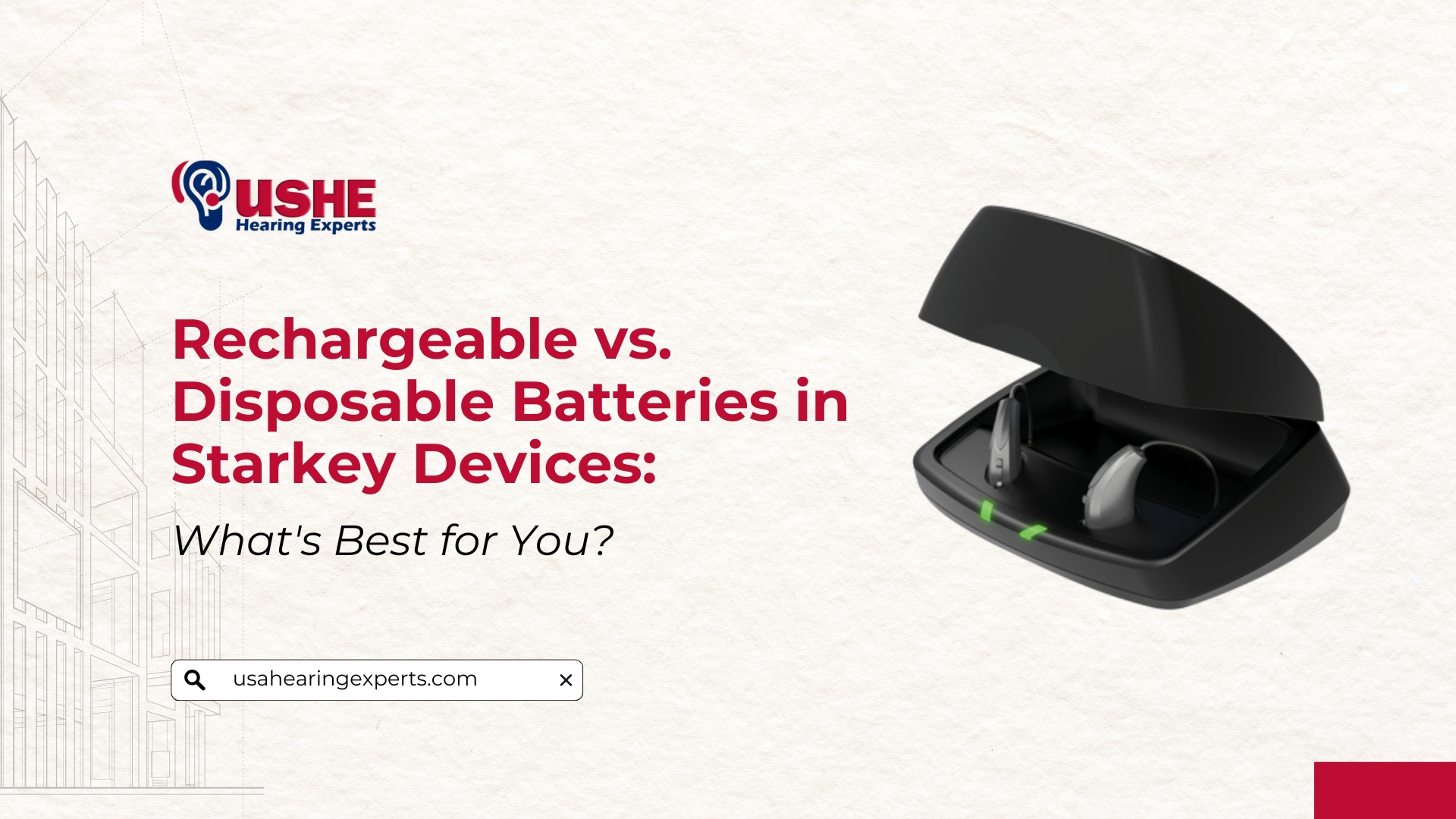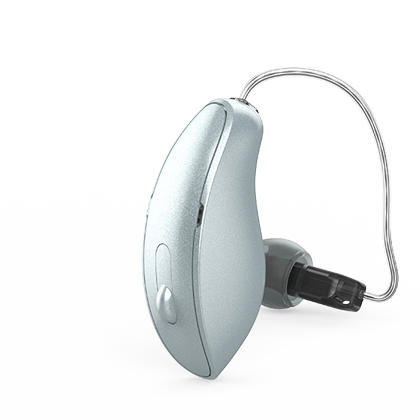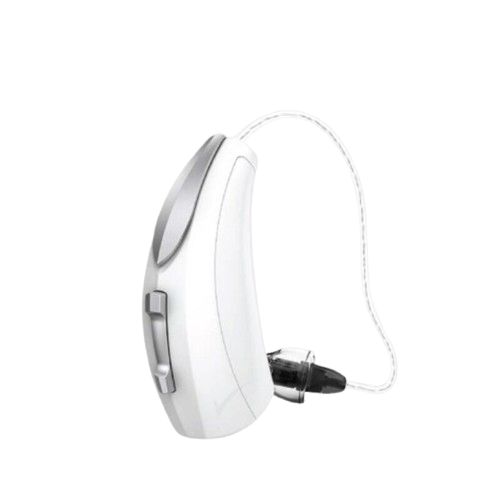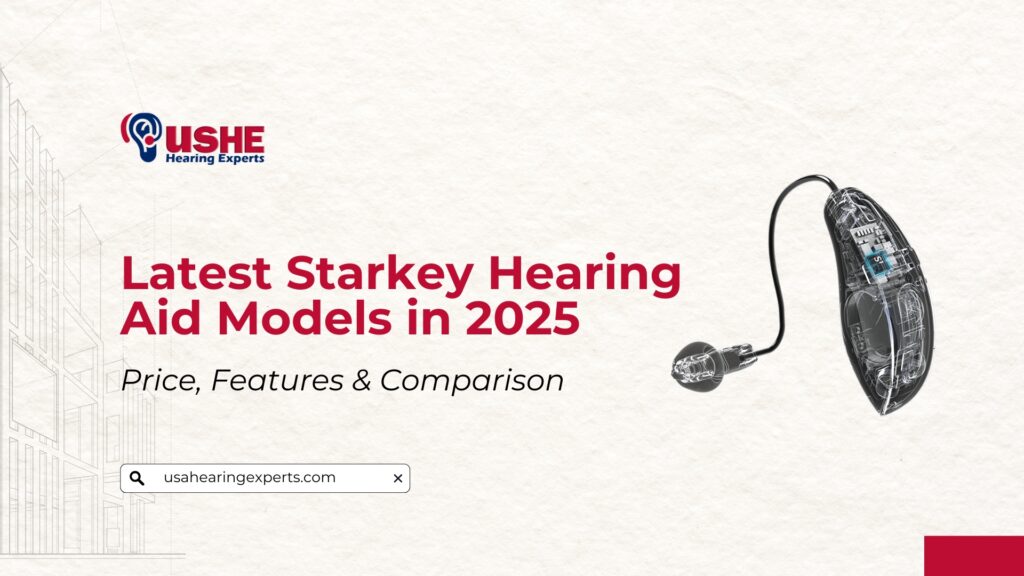Rechargeable vs. Disposable Batteries in Starkey Devices: What’s Best for You?

Choosing the right hearing aid isn’t just about selecting the best brand or model; it’s also about deciding the type of power source that fits your lifestyle. When it comes to Starkey hearing machines, users have the option to choose between rechargeable lithium-ion batteries and traditional disposable zinc-air batteries. Each option has its unique advantages and drawbacks.
So, how do you know which battery type is right for you? In this blog, we’ll explore a detailed comparison between rechargeable and disposable battery options in Starkey devices to help you make an informed decision.
Rechargeable Starkey Hearing Aids: Convenience Meets Innovation
Starkey has developed a strong lineup of rechargeable hearing aids, including some of their most advanced models, like:
These devices use built-in lithium-ion batteries that can be recharged daily, offering hassle-free hearing and modern features like Bluetooth streaming and health tracking.
Advantages of Rechargeable Batteries:
Ease of Use
No more fumbling with small batteries, just place the hearing aids in the charger overnight and wake up to a full day of power.
Eco-Friendly Choice
A single rechargeable battery can last several years, replacing hundreds of disposable batteries and reducing environmental waste.
Cost-Effective Over Time
Though the upfront cost may be higher, you save on long-term battery purchases.
Reliable for Active Lifestyles
Perfect for tech-savvy users, rechargeable Starkey models support streaming, AI features, and fitness tracking without constantly draining power.
Long Battery Life
One full charge can deliver up to 24 hours of use, even with streaming.
Disposable Batteries in Starkey Devices: Traditional & Trusted
Some Starkey hearing aids, including models like Starkey Picasso or certain custom CIC/IIC devices, are still compatible with disposable zinc-air batteries (sizes 10, 312, 13, or 675).
Advantages of Disposable Batteries:
Lower Initial Cost
Devices using disposable batteries tend to be more affordable upfront.
No Charging Required
No need for chargers or electricity, just replace the battery and go. This is helpful in areas with limited access to charging options.
Lighter Weight in Smaller Devices
Disposable battery models are often more compact, making them suitable for invisible-in-canal (IIC) or completely-in-canal (CIC) devices.
Immediate Replacement
If a battery dies, you can quickly swap it with a fresh one, with no downtime for charging.
Expert Recommendation
For most modern users, especially seniors, working professionals, and tech users, rechargeable Starkey hearing aids are the future-proof choice. They’re easier to maintain, environmentally responsible, and compatible with smart features like Bluetooth and health tracking.
However, if you’re someone who values simplicity, doesn’t stream audio, or prefers ultra-small models, disposable battery-powered devices may still suit you better.
Conclusion
Both rechargeable and disposable battery options in Starkey devices offer excellent hearing experiences. Your final choice should depend on your lifestyle, daily routine, and comfort preferences. No matter which you choose, Starkey ensures premium sound quality, comfort, and innovation in every device.















